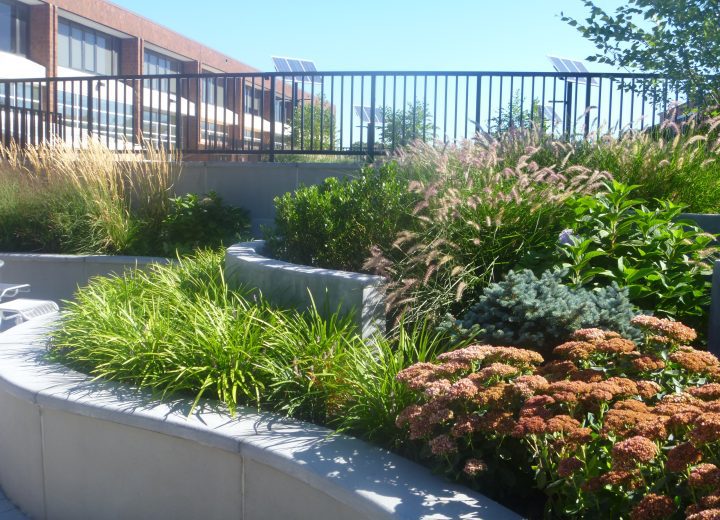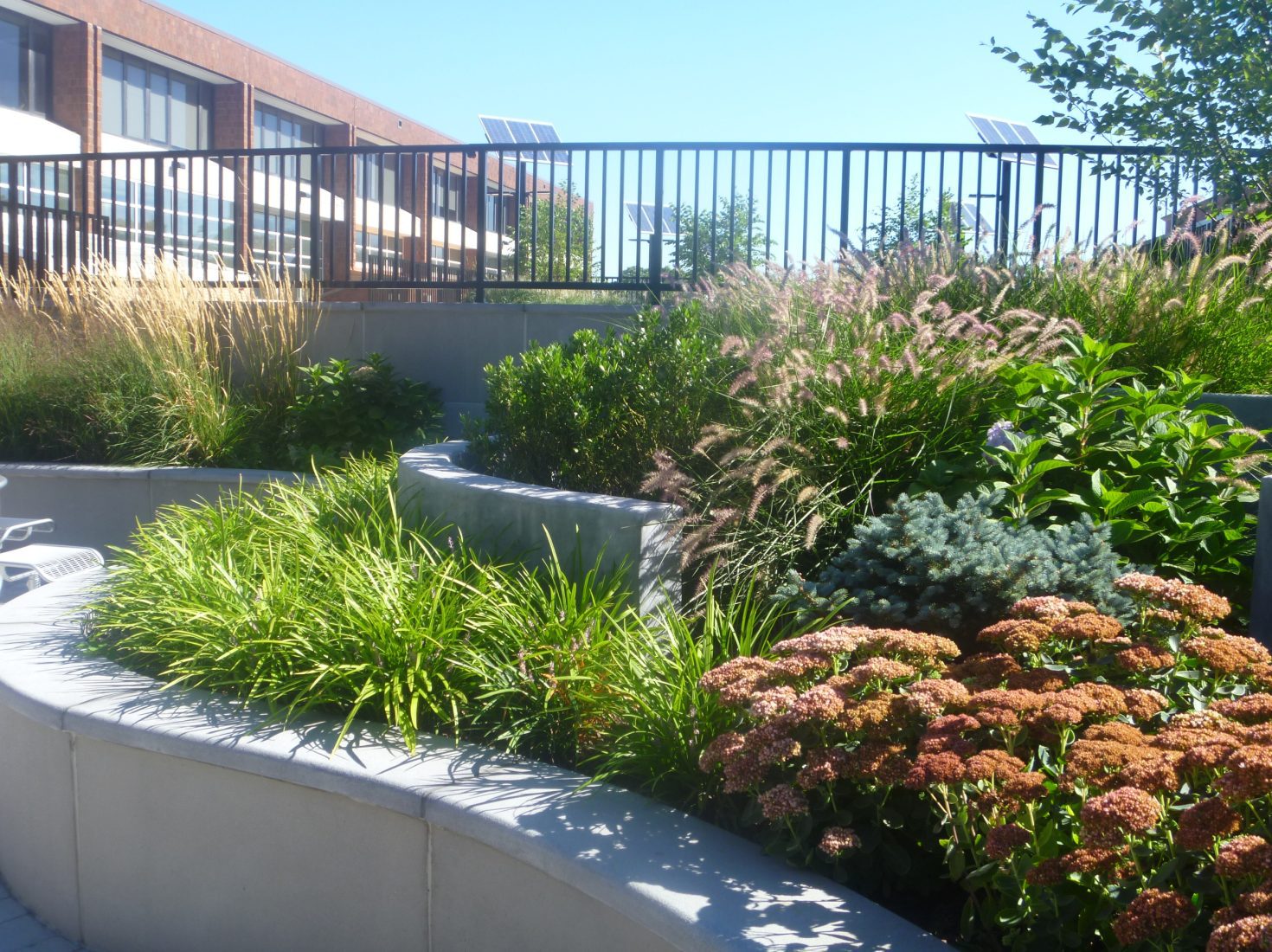International Green Construction Code Now Complete
December 2011 – Last month marked the final step in the long development process of the 2012 International Green Construction Code (IgCC). For the design and construction industry, as well as for building owners and developers, this is big news. The IgCC sets stringent building performance requirements for energy, water, and resource conservation, both for new construction and for additions or alterations to existing structures. What makes the IgCC unique is that it is the first model code developed to establish international standards for minimizing the impact of buildings on the natural environment.
Designed to coordinate with other commonly adopted codes, the IgCC is intended to be administered by building officials as a set of mandatory requirements. That’s a big difference from a rating system such as Leadership in Energy and Environ-mental Design (LEED), which is purely voluntary. While green building rating systems encourage higher performance, the IgCC requires it.
Scheduled for publication this March, the IgCC was developed by the International Code Council (ICC), in consultation with ASTM International and the American Institute of Architects (AIA). Over 1500 organizations have lent their support, including major industry players such as the U.S. Green Building Council (USGBC) and the American Society of Heating, Refrigeration and Air-Conditioning Engineers (ASHRAE).
Larger municipalities that have already pushed for progressive green building initiatives, such as Washington DC and New York City, will likely be quick to adopt the new code when it is published in the spring of 2012. Other cities and states have closely followed the code development process and are poised to enact legislation based on the model code. Before long, the IgCC may be as ubiquitous as the International Fire Code. That’s good news for our ecosystems and natural resources. But it may mean, at least initially, adjustments in design, planning, materials selection, sourcing, and administration that could increase project costs and extend schedules. As for realizing measurable reductions in environmental impact: only time will tell.
For more information, visit the International Code Council website or contact the architects, engineers, and LEED Accredited Professionals at Hoffmann Architects. We’ve been guiding owners, managers, and construction industry professionals through changes to building codes, standards, and regulations for 35 years.

